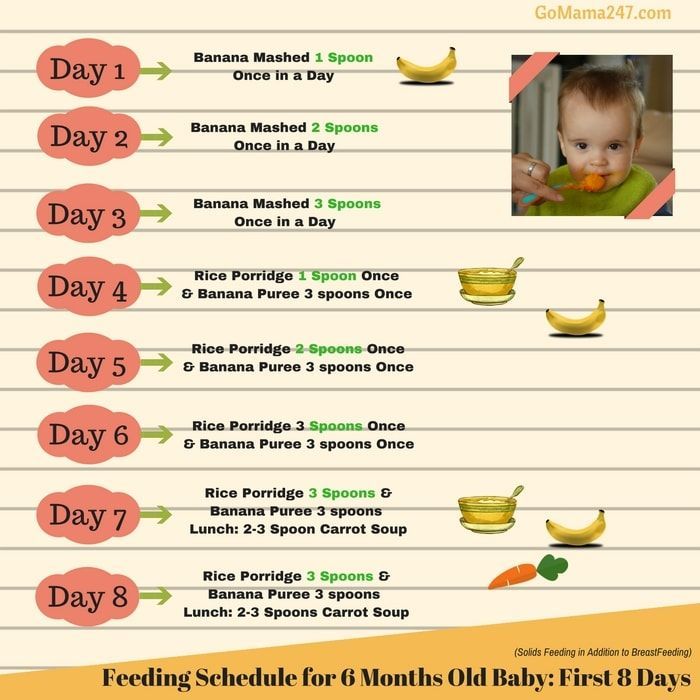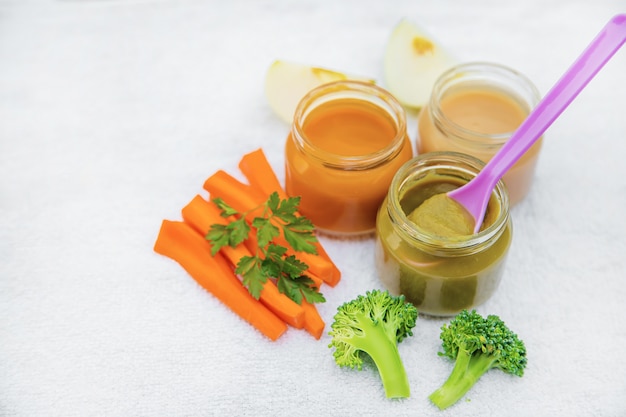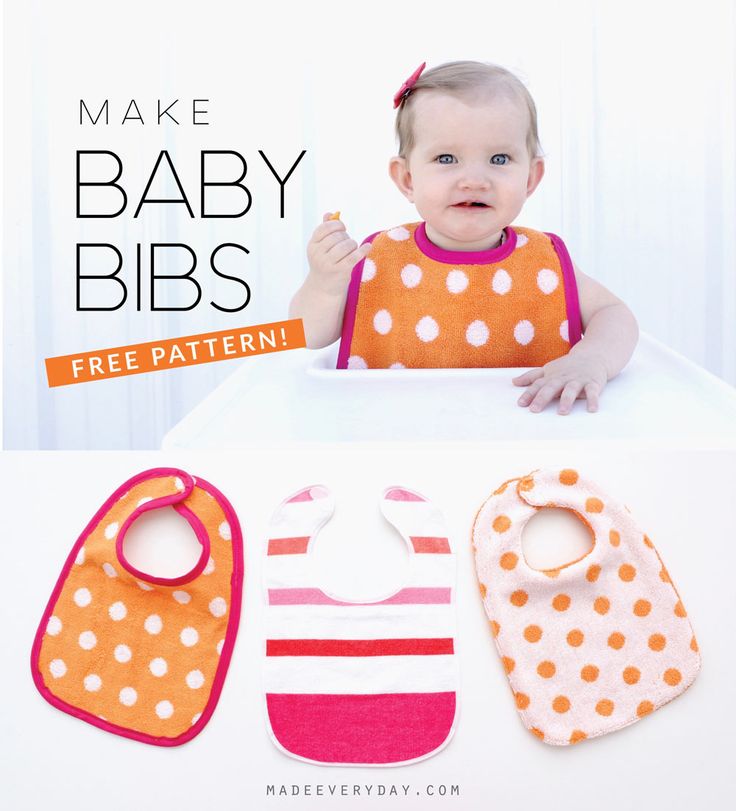What to feed wild baby starlings
precise information on caring for wild baby birds
You have identified your wild baby bird as a Starling, or House Sparrow, and you realize it needs help.
Does this bird really need help? Baby birds that have all their feathers are fledglings and are ready to leave the nest. They need to be on the ground a day or two as they learn to fly, their parents are taking care of them. Unfeathered babies can be returned to the nest, for it is not true that if you touch a baby bird the parents will abandon it. If the nest has been destroyed, you can make a new one using something such as a parrot nest box and wire; nail it close to where the original one was. You should put fully feathered babies in a bush or on a tree limb, and they should be just fine. You might want to ask any cat owning neighbors to keep the cats in for a day or two to give the baby birds a chance to learn how to fly. The exception to this would be if there is an injury or the baby has been in a cat's or dog's mouth, even if you don't see any marks on it. Cats and dogs have a bacteria that can be fatal to baby birds if they are not treated with antibiotics. These birds need to be taken to a wildlife rehabber or veterinarian right away.
Now what? You need to learn baby starling care such as how to keep a nestling warm, what type of formula to feed it, how to handfeed it and how often to do so. This page will assist you in helping your baby starling thrive. Baby starlings and House Sparrows require the same care and food.
This page will assist you in helping your baby starling thrive. Baby starlings and House Sparrows require the same care and food.
Our Message board will give you lots more information on sparrows and starlings as well as a chance to talk with other owners of starlings and sparrows. To join click: Message Board
Mites
If you find mites on the baby starling, a good, safe product to use is 5% Sevin Dust. Powder the bird carefully taking care not to get the dust into its face. The mites are species specific and will not infest your house or other birds.
Warmth & Bedding
If the baby is not completely feathered, it needs to be kept warm. You may use a heating pad on low heat, however cover the pad with a towel. (Some approximate temperature ranges are: unfeathered chicks -- 90 degrees; chicks with some pin feathers -- 85 degrees; fully feathered chicks -- 75 degrees.) Place the baby bird into a small container such as a margarine tub lined with crumpled towels. It cannot get any traction on a smooth surface, and the legs sliding out from under it will cause spraddle leg. Then put the container with the baby in a box and set it on the heating pad. If the baby bird has no feathers you will then need to cover the box with another towel to help hold the heat in.
If the baby bird has no feathers you will then need to cover the box with another towel to help hold the heat in.
Hydration
Most of the wild baby birds that come into wildlife centers are dehydrated and suffering some degree of starvation. Babies who have been orphaned for a while will need to be hydrated before being given any food. To check hydration you can look inside the bird's mouth; it should look moist. A dehydrated bird will usually have reddish looking skin.Or you can pull the skin up on the back of their neck, and it should spring back as soon as you let it go. Gatorade or Lactated Ringers Solution are good hydration fluids. In a pinch you may make your own by boiling 1/4 cup Karo corn syrup (Starlings are sucrose intolerant so table sugar or molasses would not be good choices) to one cup water and adding a pinch of salt. Cool to lukewarm, dip your fingers into it and place drops on the top outside of the baby's beak. It will then be able to suck some in without the danger of aspiration. Or you can soak small pieces of bread in the sugar water, squeeze the liquid out so it isn't dripping, and feed it to the baby, or feed small slivers of fruit, without the skin, that has a high water content such as grapes, watermelon, cantaloupe, plums, or cherries.
Gatorade or Lactated Ringers Solution are good hydration fluids. In a pinch you may make your own by boiling 1/4 cup Karo corn syrup (Starlings are sucrose intolerant so table sugar or molasses would not be good choices) to one cup water and adding a pinch of salt. Cool to lukewarm, dip your fingers into it and place drops on the top outside of the baby's beak. It will then be able to suck some in without the danger of aspiration. Or you can soak small pieces of bread in the sugar water, squeeze the liquid out so it isn't dripping, and feed it to the baby, or feed small slivers of fruit, without the skin, that has a high water content such as grapes, watermelon, cantaloupe, plums, or cherries. Never put liquids directly into the mouth of a wild bird, this includes parrot hand-feeding formula. It is too easy for them to inhale the fluid, causing inhalation pneumonia or even drown.
Never put liquids directly into the mouth of a wild bird, this includes parrot hand-feeding formula. It is too easy for them to inhale the fluid, causing inhalation pneumonia or even drown.
Food for Baby Starlings and Sparrows
Starlings are omnivores but are close to being insectivores, and they require high amounts of animal protein. Baby starlings in the wild are fed almost a total insect diet (solid food) by their parents, and therefore are unable to cope with liquids. Adult sparrows eat mostly grain but as babies are fed insects by their parents, so they require the same nutrition as starlings. Parrot hand-feeding formula or softbill pellets are not appropriate foods for baby starlings and sparrows. Parrots and most captive softbills have different nutritional needs than that of starlings and sparrows who are more insectivorous as babies. This is believed to be what adult starlings need in the way of protein and fat; 33.1% protein and 12.1% fat. Protein/Fat ratios were estimated by calculating the average value of insects, seeds/grains, and wild fruits then multiplying the bird's intake ratios (as a percentage of total diet) of each food group and averaging the totals. A baby starling has even higher protein needs.
Parrot hand-feeding formula or softbill pellets are not appropriate foods for baby starlings and sparrows. Parrots and most captive softbills have different nutritional needs than that of starlings and sparrows who are more insectivorous as babies. This is believed to be what adult starlings need in the way of protein and fat; 33.1% protein and 12.1% fat. Protein/Fat ratios were estimated by calculating the average value of insects, seeds/grains, and wild fruits then multiplying the bird's intake ratios (as a percentage of total diet) of each food group and averaging the totals. A baby starling has even higher protein needs. Kaytee softbill pellets have 18% protein and 6% fat, the main ingredient is corn. Exact handfeeding formula has protein of 22.0% and fat of 9.0%, and the main ingredient is corn. A good brand of cat food such as Chicken Soup for the Cat Lover's Soul brand - Senior Light Cat Kibble (32% protein and 9% fat) will work for feeding young birds. Always read the label of the product to make sure not only the protein/fat ratio is right but that the first ingredient listed is chicken. For more information about why dog or cat food is commonly fed to wild songbirds by wildlife rehabbers, please read my webpage entitled, What? Feed Dog Food To A Starling?
Kaytee softbill pellets have 18% protein and 6% fat, the main ingredient is corn. Exact handfeeding formula has protein of 22.0% and fat of 9.0%, and the main ingredient is corn. A good brand of cat food such as Chicken Soup for the Cat Lover's Soul brand - Senior Light Cat Kibble (32% protein and 9% fat) will work for feeding young birds. Always read the label of the product to make sure not only the protein/fat ratio is right but that the first ingredient listed is chicken. For more information about why dog or cat food is commonly fed to wild songbirds by wildlife rehabbers, please read my webpage entitled, What? Feed Dog Food To A Starling?
There are many recipes for feeding ominovores, but most are based on a dog/cat food mixture, such as the recipe below. Use dry, soaked, cat food, and be sure that chicken is the first ingredient on the label. Check the vitamin package for the right amount of avian vitamins to use since different vitamins have different recommendations.
Use dry, soaked, cat food, and be sure that chicken is the first ingredient on the label. Check the vitamin package for the right amount of avian vitamins to use since different vitamins have different recommendations.
| Recipe for Handfeeding Forumula 1 cup soaked cat food 1/4 cup of applesauce 1 hard boiled egg Avian vitamins (follow dosage on package) Around 750 mg calcium (I use Tums Smooth Dissolve tablet) ground to powder and dissolved in a little water. Water Mix all ingredients together, and add enough water to make it the consistency of cooked oatmeal as seen in the photo at right. | Proper consistency of handfeeding formula. |
The above formula can be divided into portions and frozen. This formula works well for baby House Sparrows and some other omnivore passerines. Only leave this food at room temperatures for an hour or so, as it can spoil.
Handfeeding
When feeding small babies, use something flat such as McDonald's coffee stirrers, chop sticks, popsickle sticks, or a straw with the end cut off to make a scoop.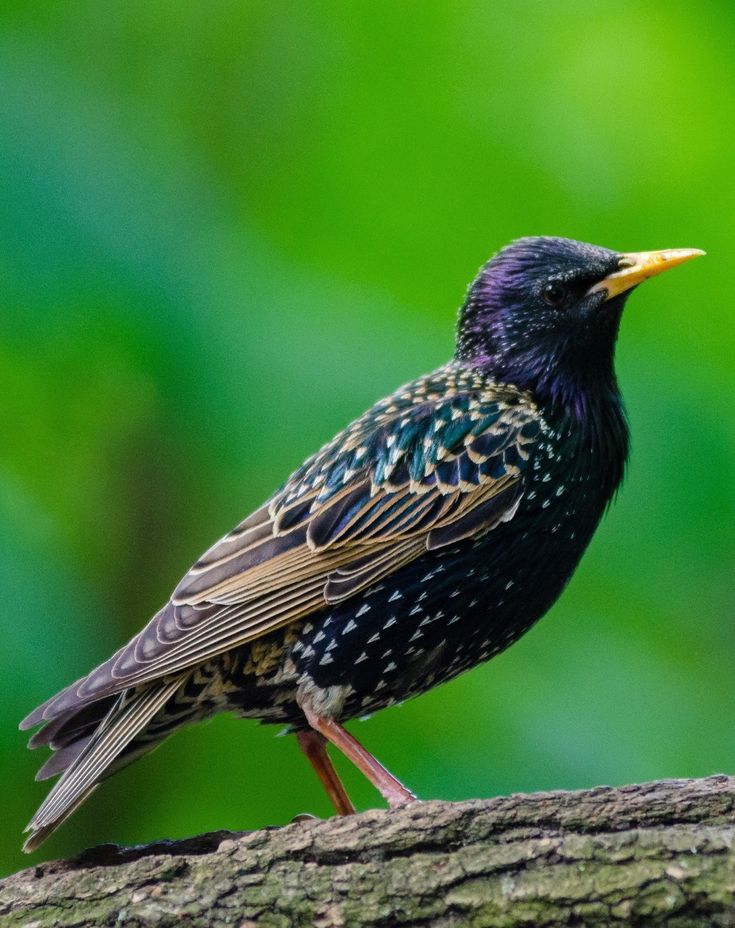 The handle of a plastic spoon works well for older birds. Caution: Do not use small items such as toothpicks or Q-Tips, as it is very easy for a baby to swallow them. I like to occasionally add small amounts of different foods to the formula, to acquaint them with how different foods taste, such as some mashed sweet potatoes or carrots. You may use any of the jars of baby foods such as peas or beans, and the jars of strained chicken, etc. are also appropriate. The food should be fed at room temperature.
The handle of a plastic spoon works well for older birds. Caution: Do not use small items such as toothpicks or Q-Tips, as it is very easy for a baby to swallow them. I like to occasionally add small amounts of different foods to the formula, to acquaint them with how different foods taste, such as some mashed sweet potatoes or carrots. You may use any of the jars of baby foods such as peas or beans, and the jars of strained chicken, etc. are also appropriate. The food should be fed at room temperature.
| A baby without feathers will need to be fed every 20 to 30 minutes over a period of at least 12 hours a day. Babies starting to feather need to be fed every 45 minutes or so, and a fully feathered baby can go an hour or two without feeding. | Baby starling being handfed. |
Never give a baby bird earthworms or fishing worms! Such worms can carry parasites that are harmful to baby birds. For more information click here. Gapeworms
Self-feeding
When the baby starling is about four weeks old you may begin leaving some food in a small bowl in the cage, and start handfeeding him some food from there.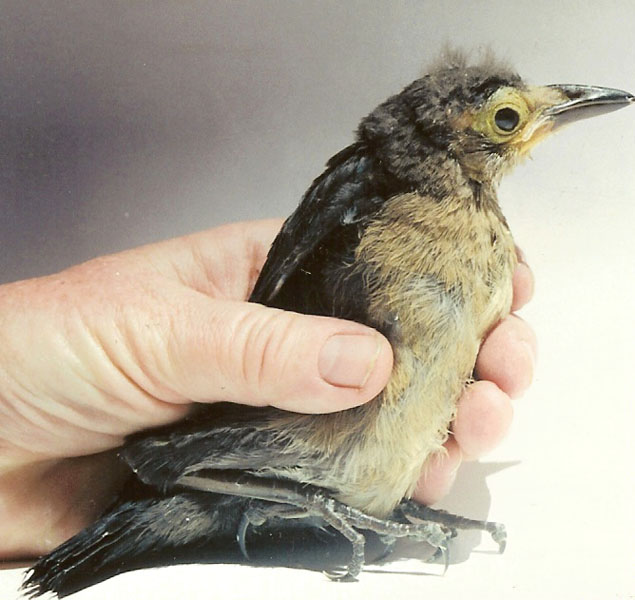 This is also a good time to add a shallow bowl or jar lid of water to the cage. The baby bird will start playing with the food in its cage at about four weeks old. Even when the he begins eating on his own, you will still need to handfeed until he is fully weaned at around six to eight weeks old and sometimes longer. You will know when he is weaned, for he will prefer to feed himself and will no longer eat much from the feeding stick.
This is also a good time to add a shallow bowl or jar lid of water to the cage. The baby bird will start playing with the food in its cage at about four weeks old. Even when the he begins eating on his own, you will still need to handfeed until he is fully weaned at around six to eight weeks old and sometimes longer. You will know when he is weaned, for he will prefer to feed himself and will no longer eat much from the feeding stick.
Weaning baby House Sparrows will start picking up and eating small seeds as well as the dog food mix at this time.
After the baby starling has been eating on its own for three weeks, it should be put on an adult starling diet.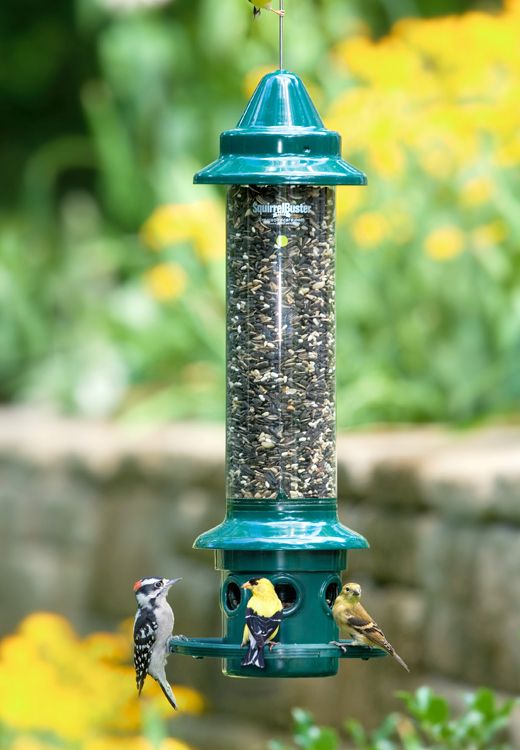 This diet is based on a dog food mixture same as the handfeeding formula, and it also incorporates some additional foods into the diet. Click the following link to go the Diet page which details a proper diet for adult starlings: Diet Page
This diet is based on a dog food mixture same as the handfeeding formula, and it also incorporates some additional foods into the diet. Click the following link to go the Diet page which details a proper diet for adult starlings: Diet Page
Normal Nestling Droppings
The photos below show what the normal droppings of a nestling starling in the wild should look like. Until the nestling is about 10 days old, its droppings are encased in a coating that makes it easy for the parents to pick up and remove from the nest. A baby that is getting too much fluid in its food will have loose, runny droppings. A fledgling's droppings are no longer encapsulated in a coating.
A fledgling's droppings are no longer encapsulated in a coating.
| Normal nestling droppings. |
Time for a Cage
When the bird is starting to hop up on the side of the box to be fed, it is time for a cage, the larger the better. For details about building your own cage or purchasing one, click on this link: Cages For Pet Starlings.
Young starlings enjoy toys such as small plastic whiffle balls or things they can throw around, especially shiny things. They should have some natural sunlight each day or a Vita light. This is a good link with information on lighting for birds: Birds and Lighting
Timetable for Indoor Starlings
These are the average ages for first activities of indoor starlings:
18 days: first drink, bath (in dinner plate)
21 days: starts flying
4-7 weeks: begins eating from dish or ground (not just from your hand)
6-10 weeks: eats fully on own
8 weeks: begins molt
20 weeks: fully adult feathers
15-30 weeks: starts talking
Raising for Release
When raising a clutch of baby starlings or sparrows for release, the diet and feeding is the same as for baby starlings which will be kept as pets. However, the difference in raising for release is that you must not handle them except only if absolutely necessary! Do not allow any pets such as dogs and cats in sight of the baby birds. Do not interact with the baby birds as you would with a pet bird. It is very easy for a baby starling to imprint on its caretaker, and a tame bird would have its chances of surviving in the wild greatly decreased. If you have a single baby under two weeks of age, (imprinting takes place between 7 and 14 days of age), it needs to be given to a rehabber or someone who will raise it as a pet, for a single bird cannot be raised without imprinting on its caretaker.
However, the difference in raising for release is that you must not handle them except only if absolutely necessary! Do not allow any pets such as dogs and cats in sight of the baby birds. Do not interact with the baby birds as you would with a pet bird. It is very easy for a baby starling to imprint on its caretaker, and a tame bird would have its chances of surviving in the wild greatly decreased. If you have a single baby under two weeks of age, (imprinting takes place between 7 and 14 days of age), it needs to be given to a rehabber or someone who will raise it as a pet, for a single bird cannot be raised without imprinting on its caretaker. Baby birds do not need to be taught how to fly, but after they are flying it is important to give them a large area to practice in and lots of free flight time so that they can build up the muscles needed for a successful release into the wild. If you plan to release your babies, they do need to be exposed to the song of their species. Please click here to learn how baby birds learn their song. Learning to sing
Baby birds do not need to be taught how to fly, but after they are flying it is important to give them a large area to practice in and lots of free flight time so that they can build up the muscles needed for a successful release into the wild. If you plan to release your babies, they do need to be exposed to the song of their species. Please click here to learn how baby birds learn their song. Learning to sing
Some additional thoughts on releasing a baby bird can be found here:
Should I keep it or let it go?
These are good check lists to consult before releasing your baby.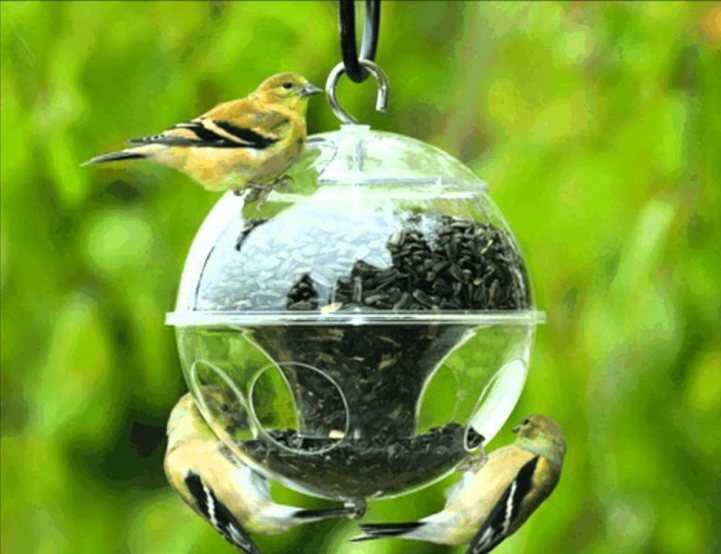
Release Criteria
Wildlife International.org
Imprinting
Imprinting is a special learning process through which an animal develops a sense of species identification. Imprinting is a normal process which occurs early in life, during a restricted period of time called a critical period. Thereafter, all species-directed behavior, including courtship and mating, is directed toward the class of subjects that the animal was imprinted on. Imprinting is believed to be irreversible.
Taming is the process by which an animal becomes socialized to humans through prolonged exposure of association with food or other comforts. Many species are easily tamed during infancy. Tame animals do not usually direct species-specific behavior, such as courtship, toward humans if conspecifics are available. Taming is reversible, although this may sometimes require prodigious dedication on the part of the rehabilitator. Taming is known to occur in a wide range of species, with variation in the ease and degree to which it can occur.
Many species are easily tamed during infancy. Tame animals do not usually direct species-specific behavior, such as courtship, toward humans if conspecifics are available. Taming is reversible, although this may sometimes require prodigious dedication on the part of the rehabilitator. Taming is known to occur in a wide range of species, with variation in the ease and degree to which it can occur.
If an animal acts tame, it may be judged as human-inspired and thus permanently unfit for release. Since tameness is reversible, a potentially releasable animal may be kept captive. If an animal does not appear tame, it may be considered non-imprinted and thus releasable, but human-imprinted animals, especially juvenile and adult males, may act fearful or aggressive toward humans. Remember, a human-imprinted animal acts toward humans as it would act toward conspecifics. Truly human-imprinted animals may end up being released if the care taker equates tameness with imprinting.
Remember, a human-imprinted animal acts toward humans as it would act toward conspecifics. Truly human-imprinted animals may end up being released if the care taker equates tameness with imprinting.
In any case, the mere absence of tameness is no basis upon which to judge the behavioral fitness of an animal for release. A better criterion includes the presence of behaviors necessary for survival.. With imprinting, the issue is not just for the rehabilitor to avoid human contact with animals. To survive, an animal must have a normal imprinting experience. As long as the animal in question is exposed to conspecifics during the critical period, some human contact will probably not be deleterious, but should be avoided if at all possible. (Taken from an article by Dr. Paul Beaver, Bird Research Institute, 1984)
(Taken from an article by Dr. Paul Beaver, Bird Research Institute, 1984)
How to Feed a Fledgling Starling
By Stephanie Dube Dwilsoni John Foxx/Stockbyte/Getty Images
Normally if you find a young bird, you should contact a local wildlife rehabilitator. Starlings, as well as house sparrows, are exceptions to this rule. These birds are considered invasive, or non-native, species, and do not fall under the same rules as native birds. Most wildlife rehabilitators probably would decline to care for a fledgling starling, because it is considered an invasive species. This also means that anyone can care for an abandoned starling without breaking any laws.
Prepare the Food
Fledgling starlings require food that is high in protein. Commercially available food for domesticated birds, such as parrots, will not have a high enough protein content to keep the starling strong and healthy. You can make your own food with one of many recipes available on the Internet.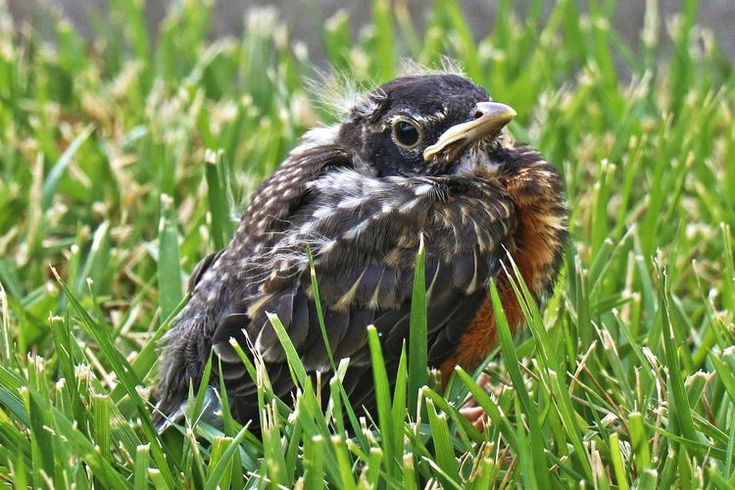 Most start with a base of high quality cat food. Select a cat food that has a protein level of at least 32 percent, as well as a fat level of at least 9 percent. Chicken should be the first ingredient on the label. Soak one cup of cat food in enough water so that it is soft but still holds its shape. Add one-quarter cup of applesauce and one finely chopped hard boiled egg. Stir in 750 milligrams of calcium, using a source such as over the counter chewable heartburn tablets. Top with avian vitamins, available at most pet stores. Divide the food into smaller servings and freeze. Don't leave the food at room temperature for longer than an hour or it may spoil.
Most start with a base of high quality cat food. Select a cat food that has a protein level of at least 32 percent, as well as a fat level of at least 9 percent. Chicken should be the first ingredient on the label. Soak one cup of cat food in enough water so that it is soft but still holds its shape. Add one-quarter cup of applesauce and one finely chopped hard boiled egg. Stir in 750 milligrams of calcium, using a source such as over the counter chewable heartburn tablets. Top with avian vitamins, available at most pet stores. Divide the food into smaller servings and freeze. Don't leave the food at room temperature for longer than an hour or it may spoil.
Feed the Fledgling
Scoop a small amount of food onto the end of a coffee stirrer, chopstick or straw that has had the end cut off to form a spoon. Ideally, your fledgling will open his mouth when the food gets nearby. It may take him a few sessions to associate your hand and the feeding implement with food, but he will catch on quickly. When hungry, fledglings will open their mouth, which is called gaping. Drop the food onto his bottom beak when he does this, and he will swallow the food. Feed him until he quits gaping, he will stop when he has had enough, you don't need to worry about overfeeding him. Feed him every hour or two during the day. He will sleep from dusk to dawn, and doesn't need to eat during this time.
When hungry, fledglings will open their mouth, which is called gaping. Drop the food onto his bottom beak when he does this, and he will swallow the food. Feed him until he quits gaping, he will stop when he has had enough, you don't need to worry about overfeeding him. Feed him every hour or two during the day. He will sleep from dusk to dawn, and doesn't need to eat during this time.
Vary His Diet
Once you and your fledgling are comfortable at mealtimes, you may want to add a little something different to his food. Maintain the same base formula, but stir in additional foods so he becomes accustomed to various flavors. You can add a spoonful of any jarred fruit, vegetable or strained meat baby food, as well as raw, unsalted sunflower seeds, raisins, rolled oats or chopped apples.
Encourage Him To Feed Himself
Once your fledgling is eating well, you can start to transition him to feeding himself. Start by putting a container of his food in his cage while you feed him, feeding him directly from the dish. Take your time while feeding him. He will get curious and start pecking at the food when he sees you refilling his feeding utensil. He gradually will start taking more of his nourishment from self feeding and start depending on you less. This is also the perfect time to add a small bowl of water to his cage.
Take your time while feeding him. He will get curious and start pecking at the food when he sees you refilling his feeding utensil. He gradually will start taking more of his nourishment from self feeding and start depending on you less. This is also the perfect time to add a small bowl of water to his cage.
References
- Wildlife Hotline: Raising Baby Sparrows and Starlings
- Starling Talk; Baby Starling Care
Photo Credits
How to feed garden and forest birds?
You can buy feed mixture for wild birds in our shop. You can also feed the birds with food left over from the dinner table, just be sure to remember: the food must be fresh and unspoiled. Bird food should not contain salt, moldy bread, or products with additives and spices. Also, do not give black bread to birds.
What can I feed the birds with?
There is a big difference between different types of seeds (cereals) that can be fed to birds. Some cereals, which are sold in large quantities in stores, are not suitable for feeding garden and forest birds in a dry, uncooked form. Avoid buying rice, beans, buckwheat, peas - only pigeons will eat this food at best.
Some cereals, which are sold in large quantities in stores, are not suitable for feeding garden and forest birds in a dry, uncooked form. Avoid buying rice, beans, buckwheat, peas - only pigeons will eat this food at best.
Also avoid high amounts of oats, which make up the bulk of parrot and canary formulas. Oats can only be added to the feeder in small quantities as a supplement to the bird's diet. From experience, we do not recommend buying expensive mixtures for poultry, most of the feed will eventually not be eaten by titmouse and sparrows.
We recommend purchasing food rich in vegetable fat, such as sunflower seeds, rapeseed, hemp, flax. The most economical option is to buy pure raw sunflower seeds (seeds), birds will eat it without a trace, you can be 100% sure of this.
Offer birds water in addition to dry food
If you are feeding birds during the warm season, it becomes important to have water close to the feeding area.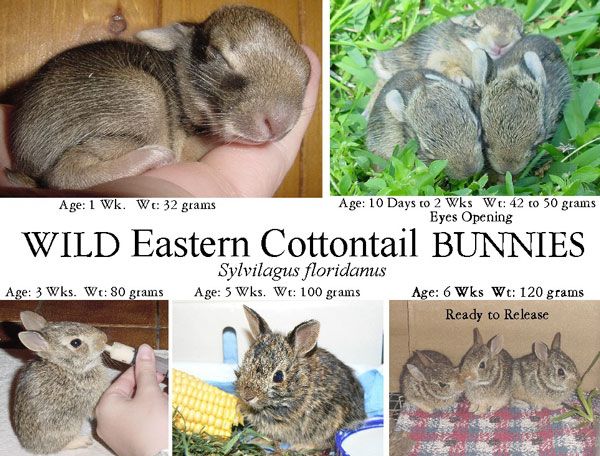 Be sure to put clean water in containers with a shallow bottom. Offering water to birds will increase their numbers in your garden by 50%. You can hang a drinker for birds from our production on the window.
Be sure to put clean water in containers with a shallow bottom. Offering water to birds will increase their numbers in your garden by 50%. You can hang a drinker for birds from our production on the window.
Feeding area sanitary conditions
Remember that improper bird feeding can lead to contamination of the area around the feeder. Excess food that birds do not have time to eat can attract rodents. Also, food that has been in the feeder for a long time begins to rot and becomes inedible. Keep track of the condition of the feed - its availability and freshness. In addition, try to make sure that the birds do not feed for a long time on one heel of your garden, as the birds leave their droppings around the feeder. This can lead to infectious diseases in birds. We recommend moving the feeders to other parts of the garden once a month.
Protein is important in the summer menu
In the summer, it is important that birds get a high protein diet, especially during the period when they are shedding. For granivorous birds - sunflower seeds, crushed corn, unsalted cheeses; for insectivores - animal food (gammarus, flour worms, bloodworms, insect larvae, etc.).
For granivorous birds - sunflower seeds, crushed corn, unsalted cheeses; for insectivores - animal food (gammarus, flour worms, bloodworms, insect larvae, etc.).
Menu for nomadic and wintering birds
- Dried white bread, oats, boiled unsalted cereals for field and house sparrows.
- Lard, lard, coconut and unsalted butter - very good food for insectivorous birds, such as great tits, blue tit, chickadees, nuthatches, woodpeckers, blackbirds.
- Apples, pears, rowan and hawthorn berries are popular among thrushes, starlings, blackheads, waxwings.
- Small seeds of millet, flax attract finches, goldfinches, linnets.
- Sunflower seeds are an excellent food for birds all year round, they are eaten by various types of tits, sparrows, greenfinches, siskins, tap dances, grosbeaks, nuthatches, woodpeckers.
- Peanuts are a hearty and popular food among greenfinches, tits, nuthatches and woodpeckers.
How and what to feed city birds - KUST
Text: Masha Teacher Photo: Eugene Schneider
12/12/2021
In Home Alone 2, Kevin befriends a woman who feeds pigeons.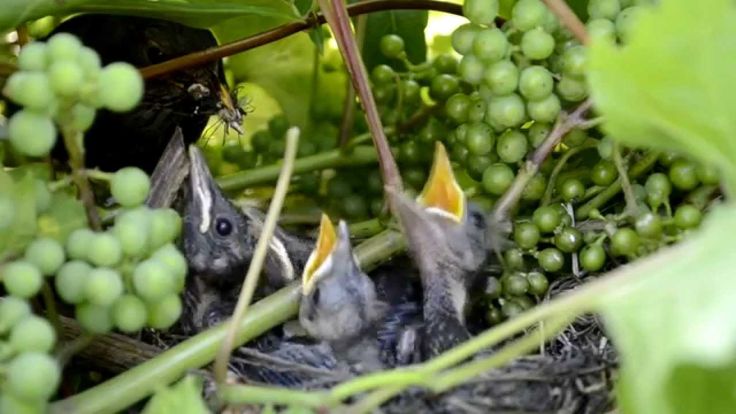 He fed them biscuits and she fed them grains. In Good Omens, the demon Crowley and the angel Aziraphale meet in St. James's Park, which has "always been the best secret meeting place in London". As they say in the series, "secret agents fed the ducks here so often that they developed a conditioned reflex: more picky ducks prefer rye bread from the Russian cultural attache."
He fed them biscuits and she fed them grains. In Good Omens, the demon Crowley and the angel Aziraphale meet in St. James's Park, which has "always been the best secret meeting place in London". As they say in the series, "secret agents fed the ducks here so often that they developed a conditioned reflex: more picky ducks prefer rye bread from the Russian cultural attache."
The intelligibility of ducks is questionable - in fact, it is not recommended to feed birds with bread, especially rye. Together with ornithologists, we figure out what and how to feed them properly.
1
Why feed birds at all?
Birds have a fast metabolism, cold is not as terrible for them as hunger. With the onset of cold weather, insects die or fall into hibernation, their share in the diet of birds is greatly reduced, and the birds switch mainly to grains and fruits, until this food runs out.
Birds that are fed regularly are more likely to survive until spring and hatch new offspring.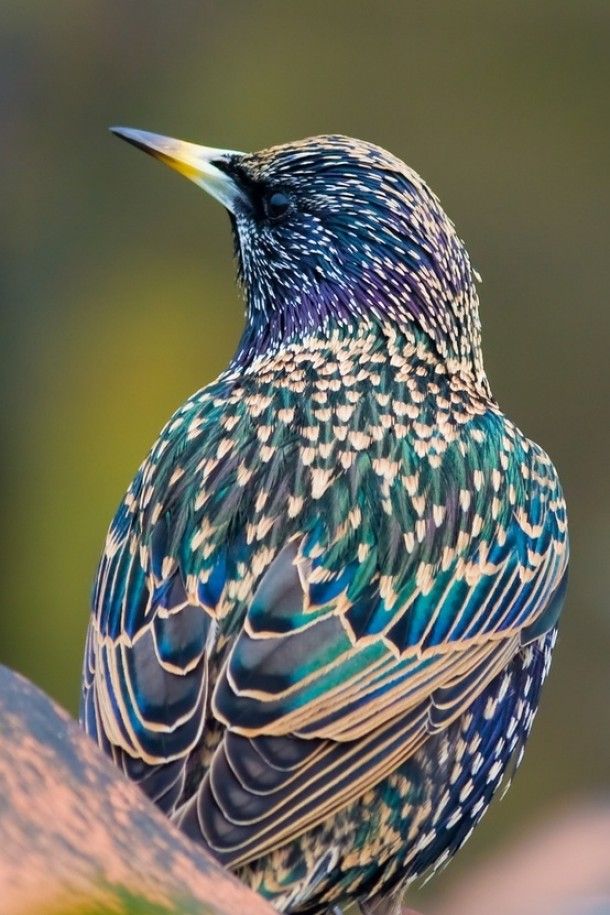
But not all city birds need feeding.
2
Which birds can be fed in winter?
Birds of those species whose existence depends on people (they are called synanthropic species). These are, for example, gray pigeons, sparrows, urban mallard ducks.
Small garden and forest birds. Tits, nuthatches, greenfinches, woodpeckers can survive without people, but feeders will help them a lot. Tits are very useful for gardens, they destroy even more pests in winter than in warm weather. If you feed them, some birds may stay with you after wintering, especially if you install a titmouse (tit house) at the end of winter.
There are some birds that you don't want to feed. For example, an increase in the number of crows and magpies can be harmful to other birds.
Other species forage for food on their own and rarely come to feeders on our territory - bullfinches, fieldfare thrushes, waxwings, goldfinches, buntings, siskins, tap dances, pikas, kinglets.
3
Suddenly the birds get used to feeding, is it not dangerous for them?
Some ornithologists say that birds get used to the feeder and can forget how to get food themselves. Others – that they prefer natural food when it is available and do not depend on feeders. We advise feeding birds only when they really need it (more on that later).
Birds of different species may fight each other on the feeder. To avoid this, you can focus on a few favorite species and choose the appropriate food.
By "accidental" feeding on beaches or open areas of cafes, birds can become more aggressive towards humans: just look at how crows, pigeons and sparrows demand treats.
The biggest danger to birds is if you start feeding and then stop. Bird flocks already in autumn begin to notice places for feeding, in winter the "zones of influence" are relatively distributed. If the bird does not find food in the usual feeder, it may simply not have the strength to fly far in search of food. Therefore, if you started doing this, continue all winter, especially on snowy frosty days. Don't start if you're not sure.
If the bird does not find food in the usual feeder, it may simply not have the strength to fly far in search of food. Therefore, if you started doing this, continue all winter, especially on snowy frosty days. Don't start if you're not sure.
Feeding birds is dangerous if you choose the wrong food or put the feeder in the wrong place.
4
So that the bird can fly freely towards it.
But do not hang or place it in places accessible to predators. In the middle of an empty clearing, it is accessible to birds of prey, and if it is placed over thick low branches, on a tree trunk, near a fence, among low bushes or on a pole, it can attract cats.
If there are bushes or thickets near the feeder, the birds can quickly hide in case of danger.
The hanging feeder can be placed at a height of one and a half meters. It should be convenient for you to serve it every day or every other day.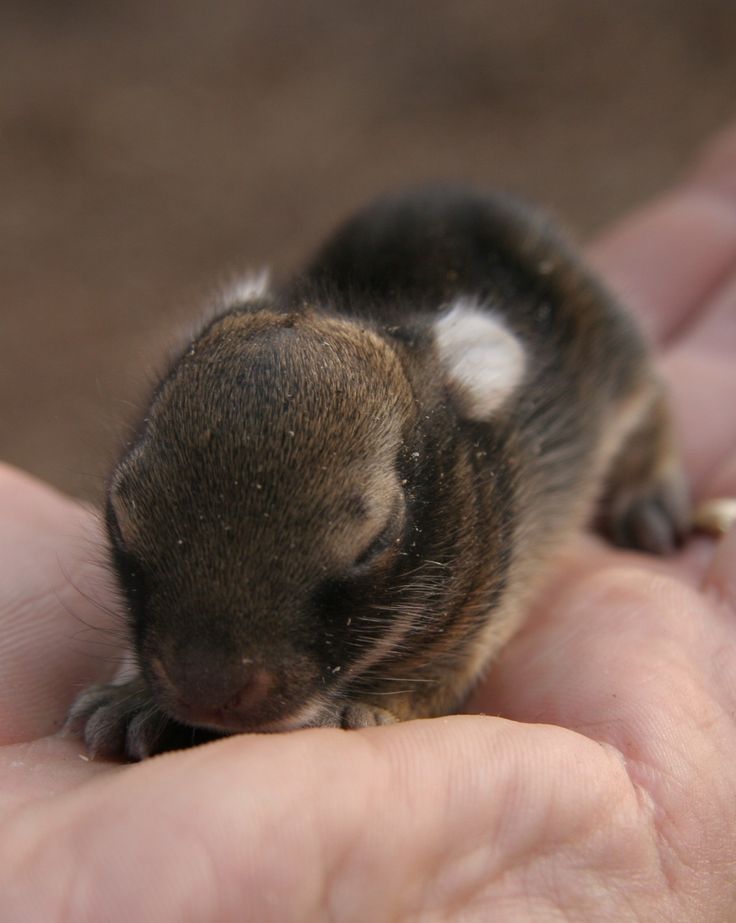
Feeders should not be placed where cars, cyclists and people walk all the time.
Hanging the feeder on the windowsill is good for watching, but not very good for the birds: they can get used to people. And there is also a risk that the bird will hit the window, which reflects the sky. If you live in a high-rise building, food and droppings can fall on the windowsill of your neighbors from the lower floors.
If the feeder is on the edge of a clearing in a park or forest park, birds less common in the city, which have a harder time in winter, will be able to drop by.
The type of feeder depends on which birds you want to attract. You can read about it here.
5
How to care for the feeder?
1. Keep clean - regularly remove old feed and droppings. Rotten or wet food must be thrown away; mold is dangerous for birds, as well as for us.
2. Wash every two weeks with soapy water and dry.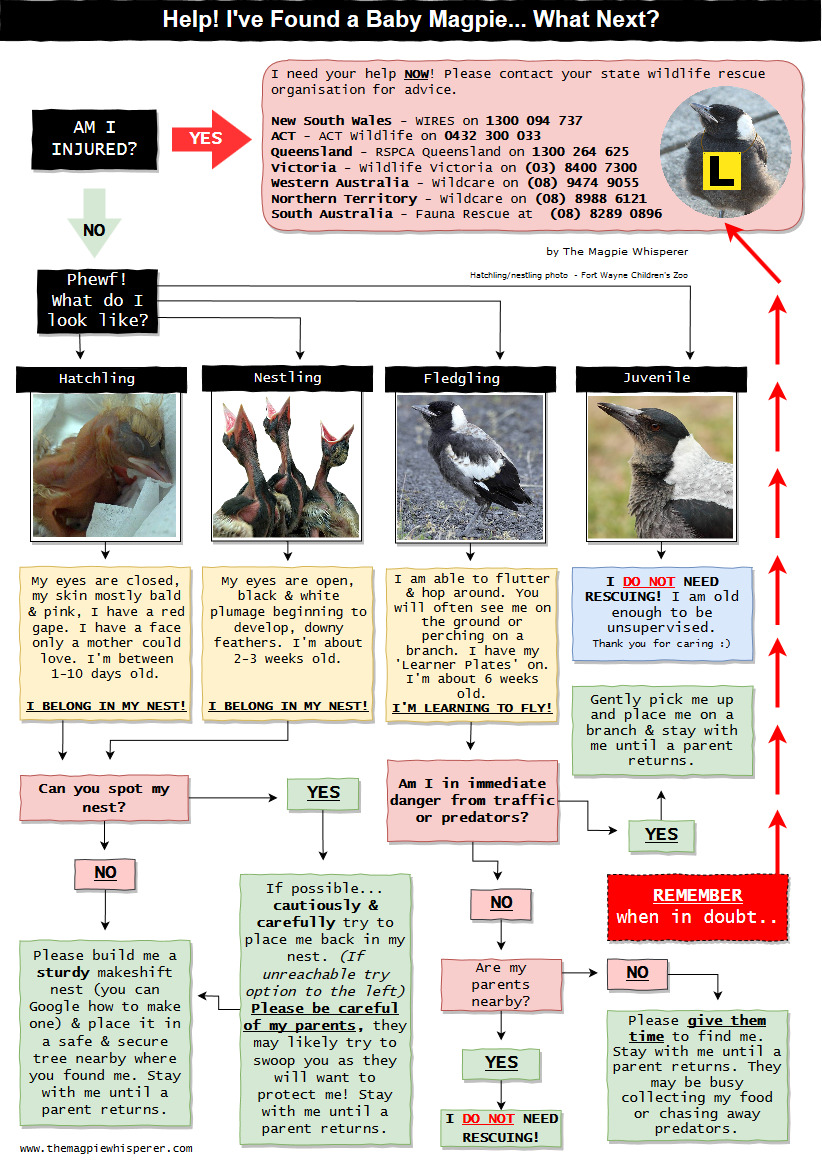
3. It is advisable to decontaminate every 4-5 weeks in order not to spread bird infections.
4. Feed is best added in the morning.
6
When to hang the feeder?
It is believed that it is possible to start in the autumn so that the birds have time to notice a new feeding place. But feeding is most necessary for birds with the onset of stable frosts (-10 ° C) and with the appearance of deep snow and ice on branches and ground.
They won't start arriving at the feeder right away, and that's normal: the birds need to find a new place and get used to it.
Feeding is especially important in the second half of winter, when natural food has run out, and during bad weather.
7
Which food is harmful to birds?
Never pour into the feeder:
1.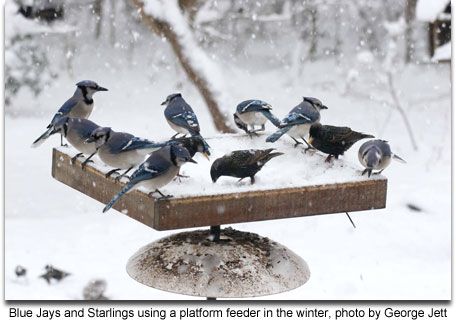 Rotten, rancid, moldy.
Rotten, rancid, moldy.
2. Salty.
3. Roasted (including salted or roasted nuts).
4. Sour.
5. Acute.
6. Citrus fruits.
7. Rye bread.
8. Oatmeal (it is sticky and can dry on the beak of a small bird). You can put dry oatmeal.
9. Pearl barley and buckwheat (swell in the stomach).
Do not use:
1. Millet (it does not have a protective shell, it forms mold and substances harmful to birds).
3. Raw meat or bones (may attract cats to the feeder or cause disease).
8
We have been feeding bread to ducks all our lives. Why suddenly not?
Rye bread begins to ferment in the stomach and can lead to the death of the bird. White bread is less dangerous: it swells and creates a feeling of satiety, while in fact the bird is malnourished. This does not necessarily lead to serious consequences, but no expert will advise specifically giving bread to birds .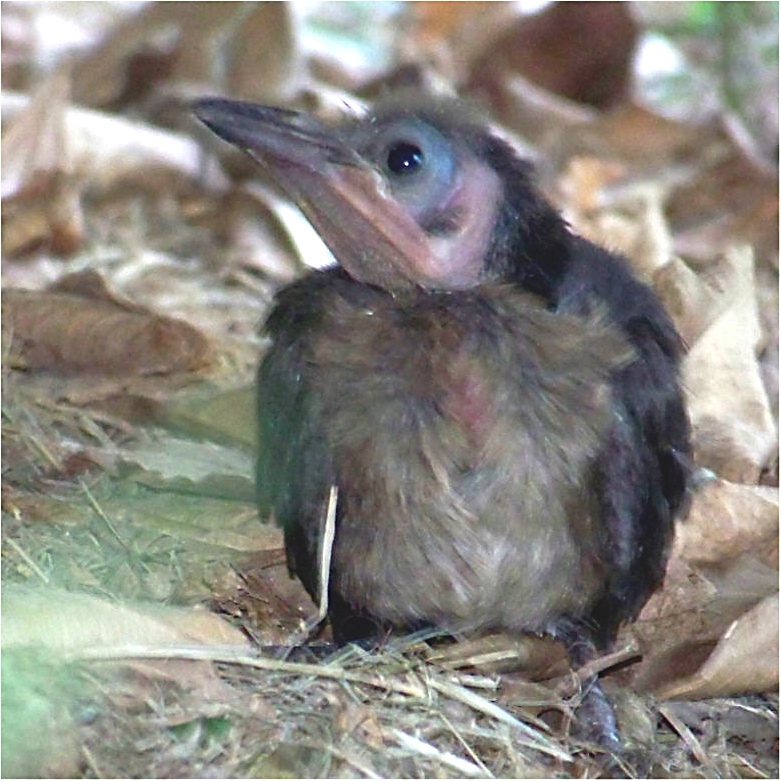
9
Then what feed the swans and ducks in the parks?
You don't actually need to feed them.
There is an opinion that the mass feeding of urban ducks and swans, which in nature eat aquatic plants, disrupts migration, and they remain wintering in the wrong place.
In nature, swans and ducks feed on algae, grass, sometimes molluscs, worms and even frogs. In water bodies, they have enough natural food.
They need to be supported only if they obviously stayed for the winter, and the pond was covered with ice. Then you can give them compound feed, wheat or corn grain, lightly boiled barley, barley porridge, potatoes, sunflower seeds, lettuce or spinach.
Do not lure them to land: there may be not only good birdwatchers, but also people with other intentions, dogs, cars.
10
What do other birds like?
If you don't get attached to the species, here's what you can feed the birds with:
1. Raw sunflower seeds.
Raw sunflower seeds.
2. Raw peanuts and other nuts (you probably don't want to put almonds in the feeder, but if you do, remember that they are poisonous to squirrels).
3. Various seeds: pumpkin, melon, watermelon, burdock, hemp, linseed.
4. A small amount of wheat and barley (only crushed!)
5. Millet.
6. Crushed corn.
7. Lard and butter (without salt and spices).
8. Raisin.
9. Pieces of dried or fresh apples, pumpkins, carrots, plums and various berries.
10. Boiled rice without salt.
Many human wastes can be harmless bird food if you remember not to eat salty or fried foods. You can use the remnants of bacon, bone marrow, the remnants of melted fat, crumbs from cookies and pies, boiled or baked potatoes.
Here's what you need, to attract certain types of birds :
1. Sunflower, pumpkin, watermelon, melon seeds - for tits, sparrows and many other birds.
2. "Bird pie" from bacon and seeds - for tits, sparrows, woodpeckers and greenfinches.
3. Fat (butter) and lard - for tits, thrushes, wrens, nuthatches, woodpeckers, jays.
4. Dry crumbs of white bread are eaten by sparrows, pigeons and tits.
5. Laid out on the ground or on the snow, fresh or dry fruits and berries suspended on branches will attract thrushes, waxwings, robins, tits, starlings.
6. Bullfinches eat berry bones.
7. Whole peanuts are loved by tits, greenfinches, sparrows, nuthatches, woodpeckers, jays, and crushed peanuts are loved by robins and wrens.
8. Hard cheese - robins, blackbirds.
9. Potatoes can be fed to small passerine birds, wild ducks, geese, swans, pheasants.
10. Thrushes love carrots, corn and pumpkin.
11. Bullfinches and goldfinches in our territory feed exclusively on natural food. Goldfinches love the heads of burdock seeds, and bullfinches love the "wings" of ash and maple.
12. Jays, grosbeaks and woodpeckers love unroasted unsalted peanuts, pumpkin seeds, pine cones.
13. Siskins and greenfinches love poppy in small quantities.
14. Rapeseed is eaten by greenfinches, linnets and other finches.
11
How to make bird pie?
"Bird Pie" is made with unsalted lard, beef fat (but not from cooking!) or gelatin.
Pour fat or gelatin into cake molds or plastic yogurt cups, top with grain mixture (millet, sunflower seeds, apple and carrot pieces, crushed pumpkin seeds, barley) and freeze. While the mixture hardens, make a through hole in each mold for the rope. The figurine is taken out of the mold, hung on a string, and then on a tree.
Do not use vegetable fats or margarine as this makes the feathers less resistant to moisture in birds.
All these tips apply only to feeding wild birds in urban areas
If you are looking for information on how to feed an injured bird at home write to the specialists.

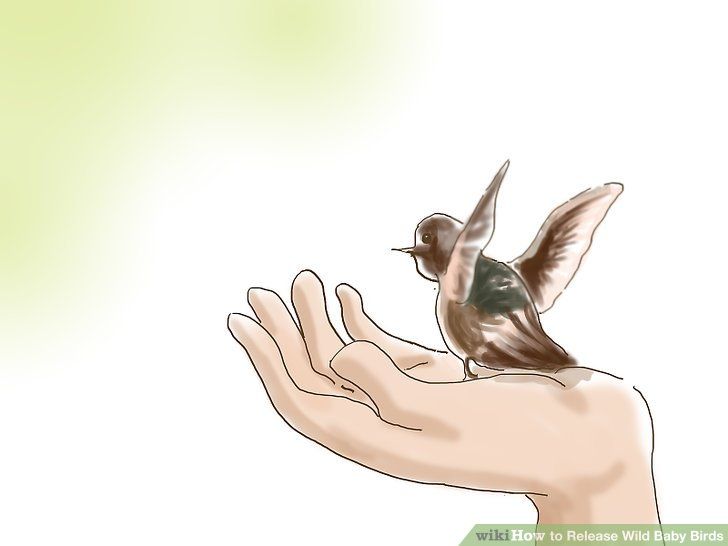
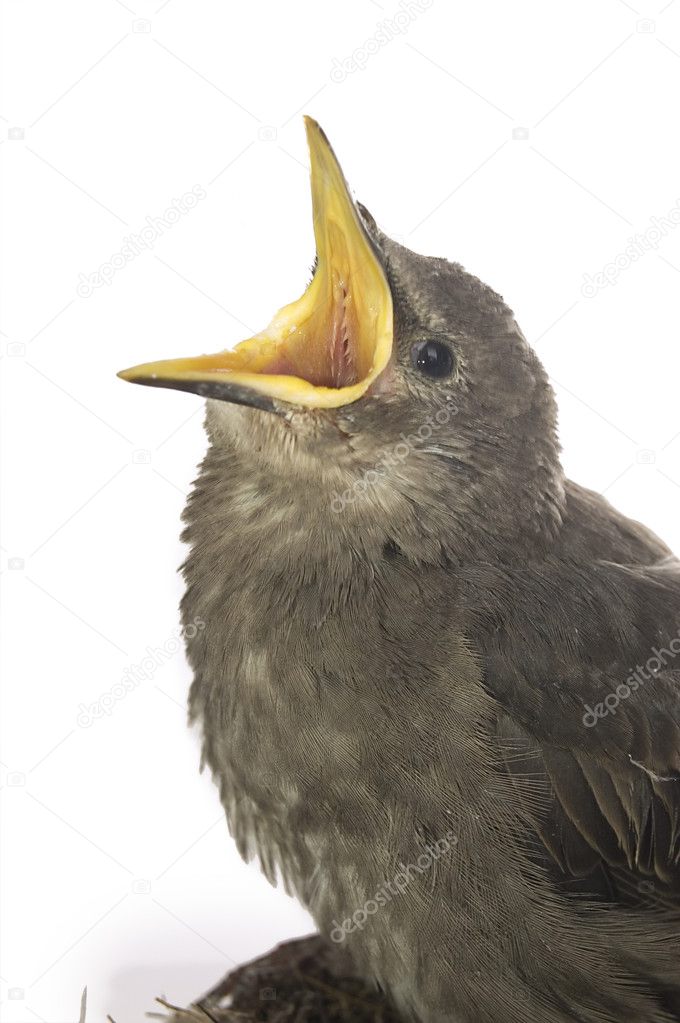 A healthy baby should start begging for food after you have fed him a few times. To help get a feeding response try tapping on the container he is in, or tapping lightly on the top of his beak. Older babies will take longer to start gaping, and may need to be force fed a few times before they come to accept you as a source for food. I feed from the time I wake up until I go to bed.
A healthy baby should start begging for food after you have fed him a few times. To help get a feeding response try tapping on the container he is in, or tapping lightly on the top of his beak. Older babies will take longer to start gaping, and may need to be force fed a few times before they come to accept you as a source for food. I feed from the time I wake up until I go to bed.  Feed as much as the baby wants. You will not overfeed him, as he will stop begging for food when he is full.
Feed as much as the baby wants. You will not overfeed him, as he will stop begging for food when he is full.
